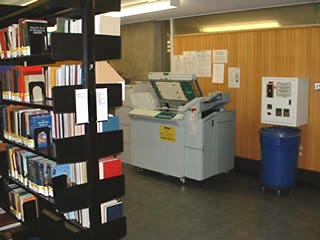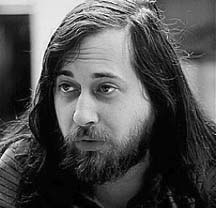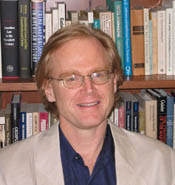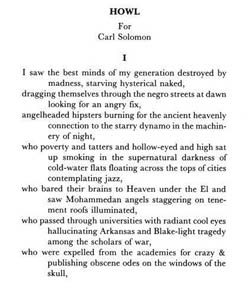In an important speech to the Open Source Business Conference in San Francisco, Lawrence Lessig warned that decreased regulation of network infrastructure could fundamentally throw off the balance of the “read/write” internet, gearing the medium toward commercial consumption and away from creative production by everyday people. Interestingly, he cites Apple’s iTunes music store, generally praised as the shining example of enlightened digital media commerce, as an example of what a “read-only” internet might look like: a site where you load up your plate and then go off to eat alone.
Lessig is drawing an important connection between the question of regulation and the question of copyright. Initially, copyright was conceived as a way to stimulate creative expression — for the immediate benefit of the author, but for the overall benefit of society. But over the past few decades, copyright has been twisted by powerful interests to mean the protection of media industry business models, which are now treated like a sacred, inviolable trust. Lessig argues that it’s time for a values check — time to return to the original spirit of copyright:
It’s never been the policy of the U.S. government to choose business models, but to protect the authors and artists… I’m sure there is a way for [new models to emerge] that will let artists succeed. I’m not sure we should care if the record companies survive. They care, but I don’t think the government should.
Big media have always lobbied for more control over how people use culture, but until now, it’s largely been through changes to the copyright statutes. The distribution apparatus — record stores, booksellers, movie theaters etc. — was not a concern since it was secure and pretty much by definition “read-only.” But when we’re dealing with digital media, the distribution apparatus becomes a central concern, and that’s because the apparatus is the internet, which at present, no single entity controls.
Which is where the issue of regulation comes in. The cable and phone companies believe that since it’s through their physical infrastructure that the culture flows, that they should be able to control how it flows. They want the right to shape the flow of culture to best fit their ideal architecture of revenue. You can see, then, how if they had it their way, the internet would come to look much more like an on-demand broadcast service than the vibrant two-way medium we have today: simply because it’s easier to make money from read-only than from read/write — from broadcast than from public access.”
Control over culture goes hand in hand with control over bandwidth — one monopoly supporting the other. And unless more moderates like Lessig start lobbying for the public interest, I’m afraid our government will be seduced by this fanatical philosophy of control, which when aired among business-minded people, does have a certain logic: “It’s our content! Our pipes! Why should we be bled dry?” It’s time to remind the media industries that their business models are not synonymous with culture. To remind the phone and cable companies that they are nothing more than utility companies and that they should behave accordingly. And to remind the government who copyright and regulation are really meant to serve: the actual creators — and the public.






 Just the other night I saw a fantastic
Just the other night I saw a fantastic